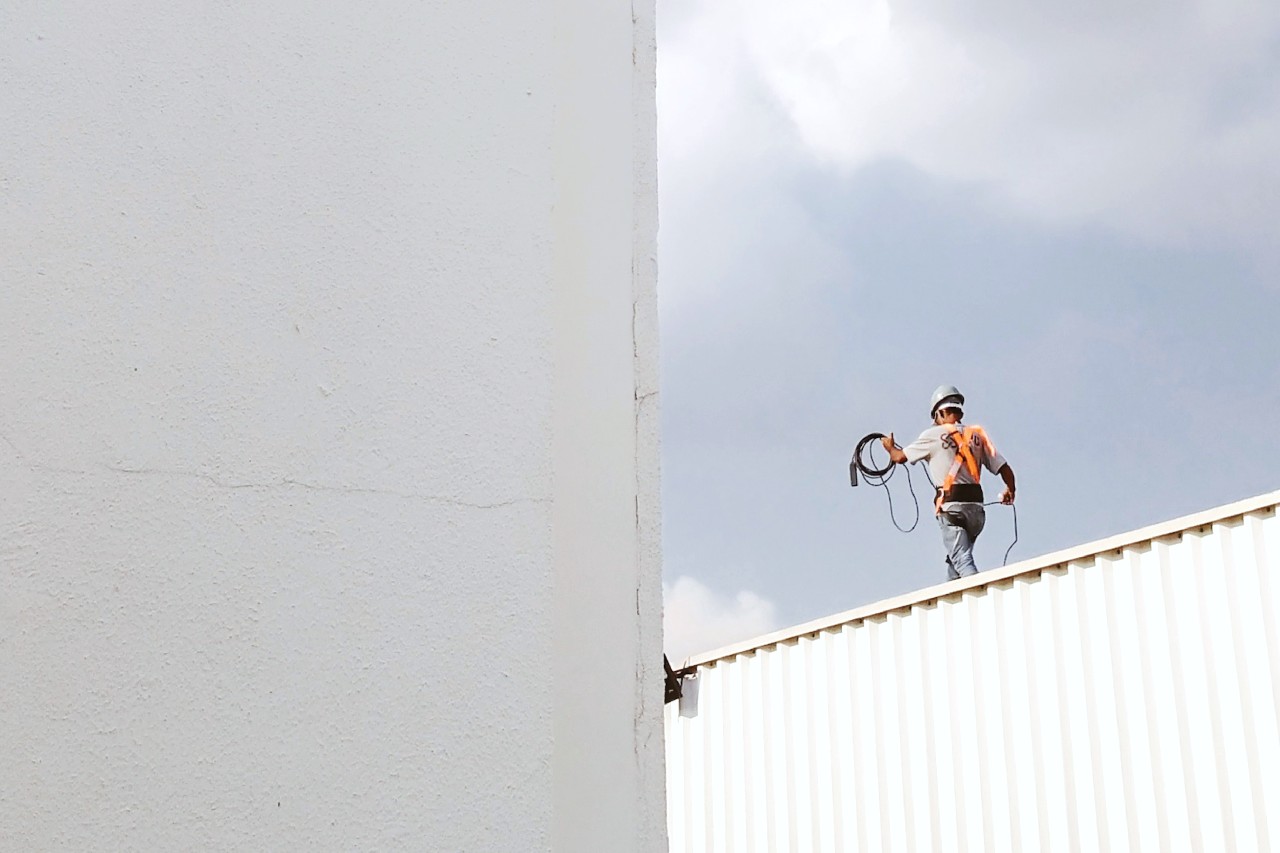
- By Sian Clay
- In Thinking, Useful Stuff
Bringing circular economies to the built environment: Impacts on UK industry
Following our breakdown of World GBC’s launch of the ‘Circular Built Environment Playbook’, we saw predictions and guidance for global industry changes. But what are the next steps for the UK? Our energy team looks at the UK’s role in the call for an industry-wide overhaul.
UK Built Environment
New reports from Green Alliance suggest in the UK, the construction sector uses more raw materials than any other, producing the most waste and accounting for a quarter of the country’s total carbon emissions. UKGBC calls the adoption of circularity “essential” for built environment to meet the UK’s Net Zero goal of 2025.
Cristina Gamboa, World GBC’s chief executive, said: “It is clear that if we want to secure a future for our planet and people, then we cannot keep going on this path of consumption and waste. That’s why our network is taking action to increase awareness and accessibility of circular economy solutions, by guiding all stakeholders towards sustainable, circular decision-making.”
Collaboration & Engagement
As with any industry developments, knowledge is power, and in the case of circular economies, we are entering new territories. Developing their web-based actor and resource map, UKGBC enables a network to share initiatives, innovations and resources to aid the journey to circularity. This is a critical toolkit as it can offer answers to the timeless question ‘where do we start’, allowing swift progression for UK industry.
Stepping away from linear economies, early collaboration and engagement is an important first step, bringing together all parties from extraction, through to assembly and disposal to simultaneously create a closed-loop economy which can re-use, re-manufacture, re-cycle.
Next Steps
So, what are the next steps for the UK? Utilising collaboration platforms is key to driving businesses toward circularity. However, there is a need for mass organisation and drive.
Green Alliance conclude their 2023 report with calls for the government to set “bold sector specific resource reduction target and outline how to achieve them”. Analysis indicates our current technologies, if utilised, have the potential to reduce raw material use by 35%. With the help of government support, and an overarching achievable target, the built environment could turn steps into strides toward a circular economy.
On the future of UK built environment, Yetunde Abdul, Head of Climate Action at UKGBC said:
“Industry can either keep trying to tweak business-as-usual and make minor improvements to a failing system, or we can make fundamental, systems level changes and create a resilient, collaborative, and thriving construction sector fit for the future. UKGBC’s new guidance aims to catalyse this change through confronting some of the key barriers that exist in today’s market and signpost industry and government to the practical steps they can take to support a circular economy.”
With more attention falling onto the need to implement circular economies, this is a space to watch. Here at Content Coms, our ESG & Sustainability Comms team has been reporting on the World GBC’s Circular Environment Playbook and will bring you the latest industry insight. Stay tuned.

